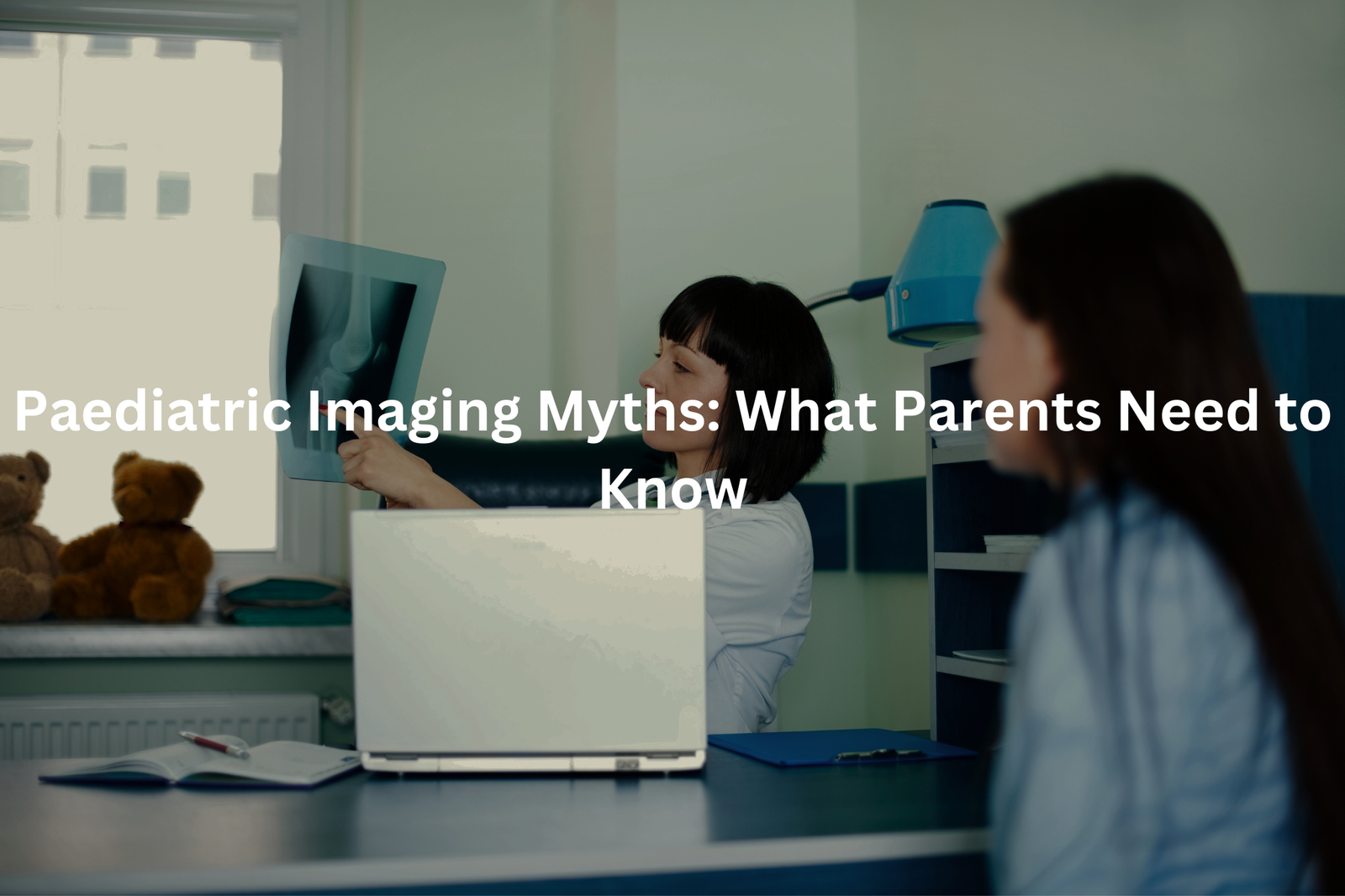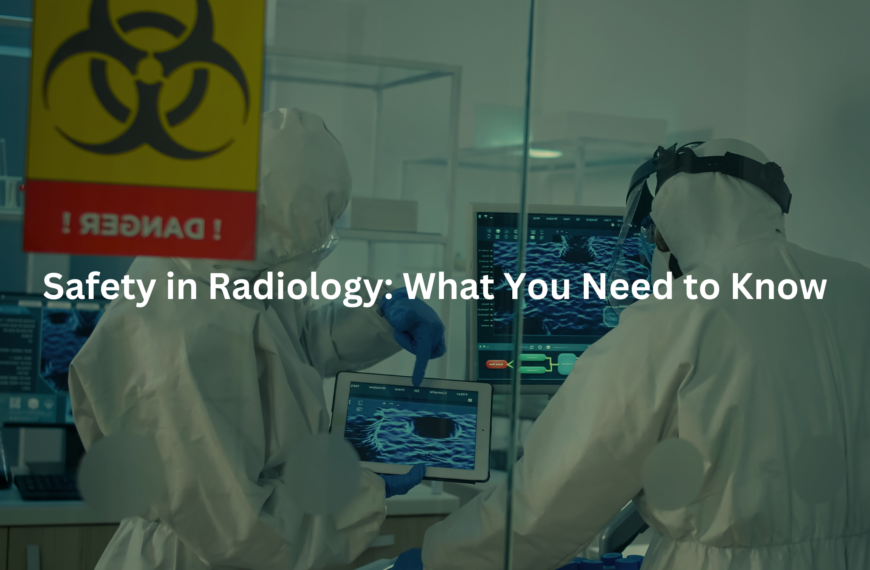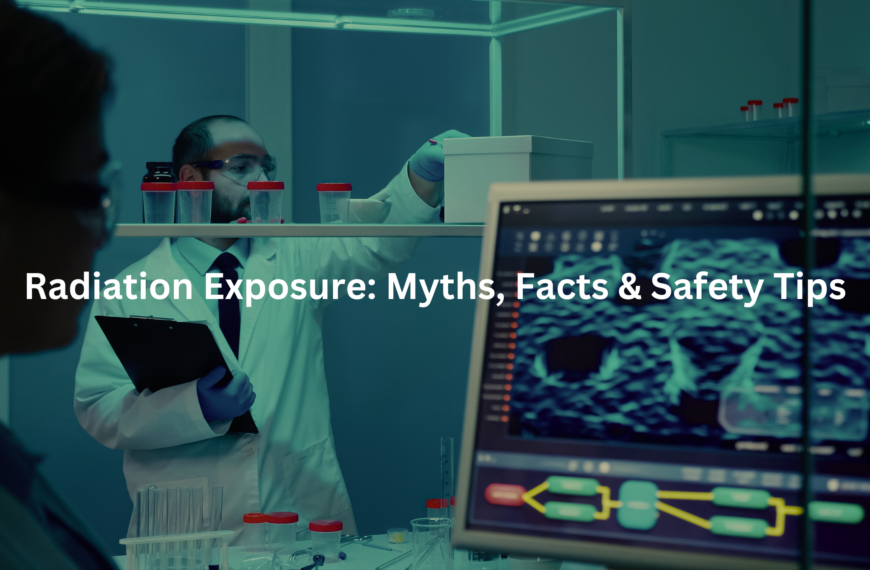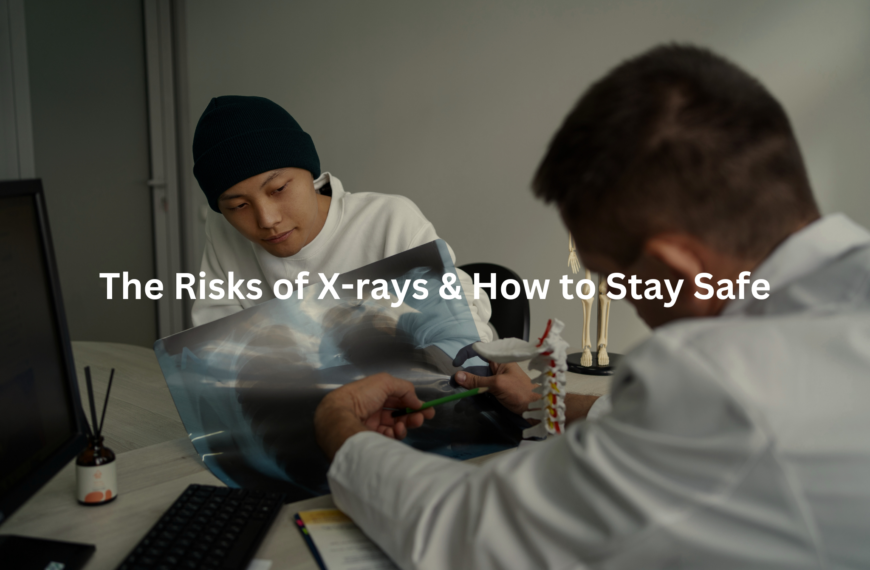Worried about paediatric imaging? Let’s break down common myths about X-rays, CT scans, and MRIs—so parents know what’s safe and what’s not.
Medical imaging myths about children float around parental circles (particularly with CT scans and X-rays). Parents often get nervous about radiation exposure, but modern medical science has made these tests much safer than most think. Medical teams now use exact, calculated doses – just enough to get clear pictures while keeping radiation levels low.
The facts are straightforward: doctors don’t order these tests unless they’re truly needed. Each scan gets carefully planned, with special settings for small bodies. Australian healthcare standards make sure every imaging centre follows strict safety rules for young patients. Keep reading to learn more about paediatric imaging and how it can help your child!
Key Takeaway
- Not all imaging exposes kids to harmful radiation.
- Sedation during imaging can be safe when done properly.
- X-rays are still important in medical care today.
Common Myths in Paediatric Imaging
Medical imaging for children has changed a lot in Australia(1). CT scan rates went up 5.1% each year over two decades, but parents don’t need to worry too much about radiation risks.
Doctors follow strict rules to keep radiation doses low (called ALARA – As Low As Reasonably Achievable). They use just enough to get good pictures, which helps keep kids safe. Since children are 2-3 times more sensitive to radiation than grown-ups, medical staff take extra care with young patients.
Many imaging options don’t use any radiation at all. Ultrasounds have become popular for checking kids because they’re completely safe. MRI machines, while sometimes scary for little ones, keep getting better at making the experience less frightening.
Parents should ask their doctors questions about imaging tests. The risks are small compared to the benefits of finding health problems early. Modern medical imaging helps doctors spot issues before they become serious.
The Truth About X-Rays
Sources: Queensland X-Ray.
X-rays are still really important in today’s medicine, even with all the new technology popping up. These machines now use 80% less radiation than older ones, so they’re safer for both patients and doctors.
A normal chest X-ray gives about 0.1 millisieverts of radiation (which is like getting 10 days’ worth of natural exposure), showing they’re safe for regular check-ups. Plus, digital X-rays give clearer pictures while keeping radiation low.
X-rays help in many ways, such as(2):
- Finding broken bones
- Checking for lung infections
- Spotting things that got swallowed
- Looking for dental issues
While MRIs and CT scans are helpful too, X-rays are often the fastest and cheapest way to get answers. During an X-ray, stay really still, take off metal stuff, let the staff know if you’re pregnant, and follow any breathing instructions for the best results.
Importance of Education and Awareness
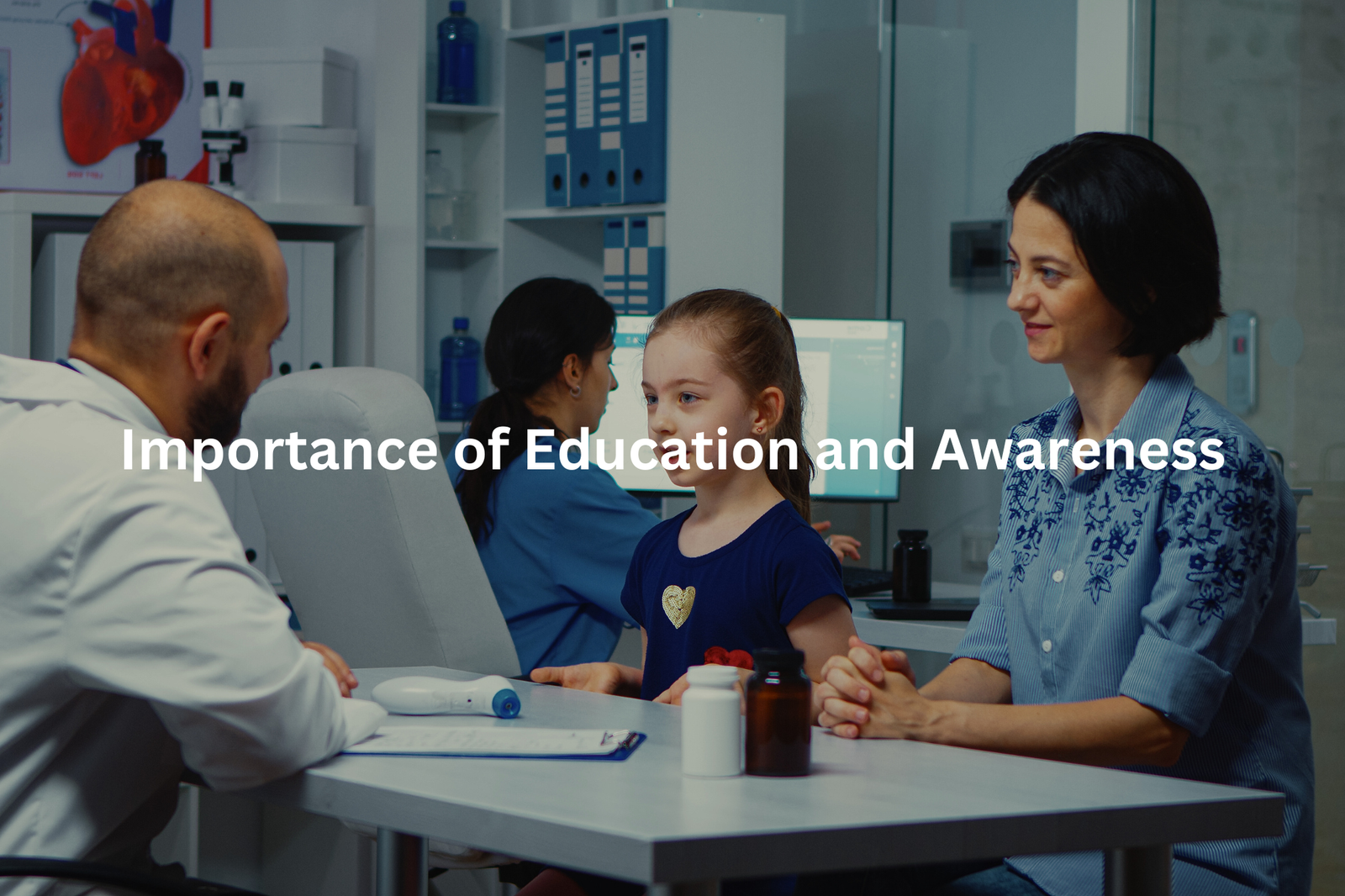
Medical imaging worries parents, but the facts paint a different picture. X-rays and MRIs help doctors see what’s happening inside the body, and they’re much safer than most people think.
A chest X-ray delivers about 0.1 millisieverts of radiation (equal to 10 days of natural background radiation). Dental X-rays give even less, around 0.005 millisieverts. MRI scans use no radiation at all – just magnets and radio waves to create detailed pictures.
Common concerns about medical imaging:
- Radiation exposure (minimal and controlled)
- Need for sedation (not always required)
- Necessity of scans (based on medical assessment)
- Safety for children (specially adapted protocols)
Parents should feel free to ask their doctors:
- Purpose of the scan
- Alternative options
- Safety measures in place
- Expected benefits
Modern medical imaging equipment follows strict safety guidelines. Australian healthcare facilities use the ALARA principle (As Low As Reasonably Achievable) to minimise radiation exposure while getting the needed diagnostic information.
A Closer Look at Imaging Procedures
CT scans and kids – it’s a topic that makes parents nervous. The word “radiation” often brings up worries, but modern hospitals follow strict rules about scanning children.
A child’s CT scan uses about 2 millisieverts (mSv) of radiation for a head scan, similar to six months of natural background exposure. Medical teams adjust these doses based on the child’s size and what they need to see.
These scans prove vital in urgent situations:
- Head injuries needing quick assessment
- Severe stomach pain
- Checking for internal bleeding
Sometimes doctors use contrast dye (a special liquid that makes parts of the body show up better). While mostly safe, reactions happen in about 1 in 10,000 cases.
Australian hospitals follow guidelines from medical groups like RANZCR (Royal Australian and New Zealand College of Radiologists). Parents can ask about other options, such as ultrasound or MRI, which don’t use radiation. The main goal? Getting clear answers while keeping radiation exposure low.
The Role of Healthcare Providers

Medical imaging scans often cause parents to worry, but understanding the process helps reduce anxiety. Healthcare teams in Australia work to make these procedures less daunting for families.
CT scans use about 2 millisieverts of radiation (similar to 6 months of natural background exposure), while ultrasounds use no radiation at all. MRI machines, though noisy, create detailed images using magnetic fields instead of radiation.
Medical staff follow strict safety protocols(3):
- Adjusting radiation doses for children’s size
- Using special shields to protect sensitive areas
- Monitoring contrast dye reactions
- Offering child-friendly positioning techniques
Parents can expect clear explanations about:
- Why the scan is needed
- How long it takes
- Safety measures in place
- Alternative imaging options
Questions from parents make the process smoother. Medical teams encourage this open communication, which leads to better experiences during imaging procedures.
FAQ
What are the dangers of red dye in paediatric imaging?
Concerns about the use of red dye in paediatric imaging procedures are unfounded. While some children may have allergic reactions to certain dyes, modern imaging techniques can provide clear images without the need for dyes. The benefits of accurate diagnosis through imaging generally outweigh any minor risks from dye use. Speak to your child’s healthcare provider about the safest options for your child’s specific imaging needs.
How can I reduce my child’s radiation exposure from CT scans?
Minimising radiation exposure from CT scans is important, especially for children. Ask your healthcare provider about using low-dose CT techniques, which can significantly reduce the radiation dose without compromising image quality. Many hospitals and imaging centres now offer specialised paediatric CT protocols designed to protect young patients. Your provider can help you understand the risks and benefits to make an informed decision about your child’s care.
What are the advantages of PET scans over CT scans for children?
PET scans and CT scans each have their own strengths. PET scans can provide unique information about body function and metabolism, while CT scans excel at capturing detailed anatomical images. For many paediatric conditions, a combination of the two imaging techniques (PET/CT) may be most informative. Your child’s healthcare team can help determine the safest and most effective imaging plan based on their specific medical needs.
How can I ensure my child receives the best possible medical imaging care?
Seek out healthcare providers and imaging facilities that prioritise patient safety and use the latest, evidence-based imaging techniques. Look for those that are accredited by respected medical organisations and follow safety standards like the “Image Gently” campaign. Don’t hesitate to ask questions about the imaging process, radiation dose, and alternative options. Your child’s health and wellbeing should be the top priority.
What are the unique challenges of paediatric imaging compared to adult imaging?
Paediatric imaging comes with its own set of considerations. Children’s bodies and needs differ from adults, requiring specialised equipment, techniques, and expertise. Minimising radiation exposure is crucial, as children’s tissues are more sensitive. Additionally, keeping young patients calm and cooperative during the imaging process can be a challenge. Seek out healthcare providers who have extensive experience and training in paediatric imaging to ensure the best possible care for your child.
Conclusion
Parents often worry too much about medical imaging for their kids (based on common myths floating around). Medical scans like X-rays and CT scans use carefully controlled radiation doses that doctors monitor closely.
The benefits of getting the right diagnosis usually outweigh any small risks from imaging. Getting facts straight helps families feel better about these tests. Medical imaging helps doctors spot problems early, which means better treatment for children. Simple as that.
References
- https://www.elsevierhealth.com.au/imaging-in-pediatrics-9780323477789.html?srsltid=AfmBOooTnVQl1O7joAeIlflocJDKFI6lZkEyw17z1ww4l6OpBB5zyVR9
- https://www.rch.org.au/kidsinfo/fact_sheets/X-ray/
- https://pennsw.schn.health.nsw.gov.au/families/living-epilepsy/role-paediatrician

